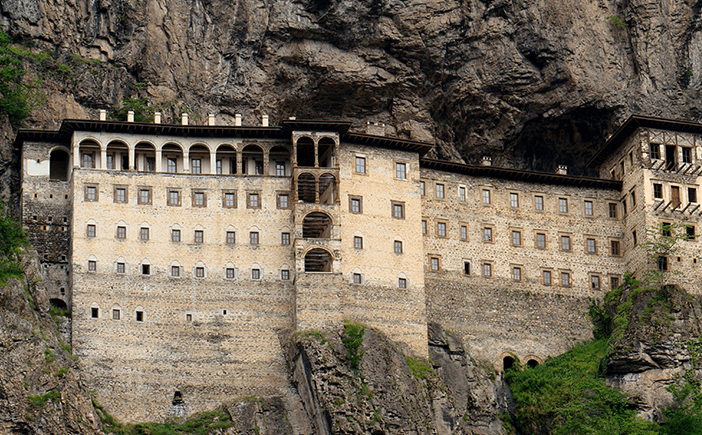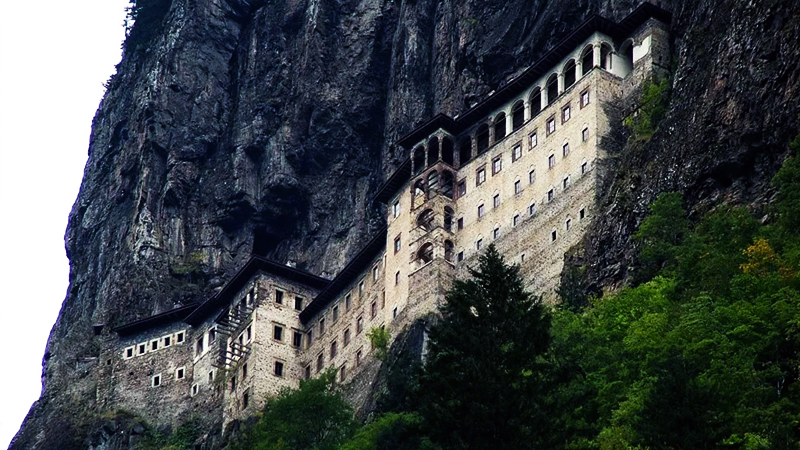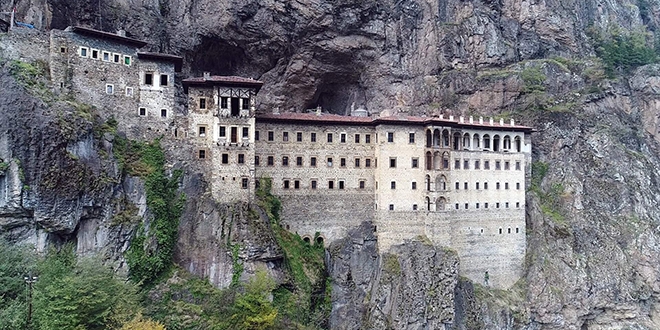Sumela Monastery Closing Hours Changed 2023
- How much is the Sumela Monastery Entrance Fee?
- Sumela Monastery Visiting Hours
Sumela Monastery Visiting Hours
Sumela Monastery is a popular tourist destination located in Trabzon, Turkey, attracting visitors from around the world. If you are planning to visit this historical site, it is important to know the opening and closing hours of the monastery. According to the official website of Trabzon Museum Directorate, the opening time of Sumela Monastery is 08.00.
Closing hours of Sumela Monastery vary depending on the season. During the winter period between 15 October and 15 March, the monastery is open between 08:00 and 17:00. However, during the summer period between 1 April and 1 October, the closing time is extended until 19:00. Box office closing hours are 18:30 in summer and 16:30 in winter.
Sumela Monastery is open to visitors every day of the week. It is important to note that there are no specific days when the monastery is closed to the public. If you do not have a museum card, the entrance fee to the monastery is full. The restoration work of the monastery has been completed and it has finally been opened to visitors after many years. The visiting hours of the Sumela Monastery, which was opened to visitors, are 08.00-19.00 and are announced to the public and visitors.
Sumela Monastery Entrance Fee
If you are planning to visit Sumela Monastery, it is important to know the entrance fee. As of 2022, the entrance fee to Sumela Monastery is 50 TL. This fee is valid for those who do not have a museum card. If you have a museum card, you can enter the monastery for free. If you plan to visit Sumela Monastery frequently, it is recommended to get a museum card as it will provide free entry for a year.
There is no discount on the Sumela Monastery entrance fee. However, if you have a museum card, you can benefit from free entrance to the monastery for a year. It is important to remember that the museum card is non-transferable and can only be used by the person named on the card.
Various payment methods are available for the Sumela Monastery entrance fee. You can pay the entrance fee in cash at the ticket office. It is recommended that you bring cash with you as credit cards are not accepted. It is also possible to purchase a museum card, which can be used to enter the Sumela Monastery and other museums in Turkey for a year, from the ticket office. The main entrance of the monastery is reached by a long narrow staircase and there are guard rooms next to the entrance door.
Tips for Visiting Sumela Monastery
The best time to visit Sumela Monastery is spring and autumn, when the weather is mild and pleasant. These seasons offer ideal temperatures to explore the monastery and the natural beauty around it, without the crowds and heat of the summer months. It is also worth noting that the monastery may be closed during the winter months due to bad weather, so it is important to check the official website or contact the museum directorate before planning the visit.
Visitors to the Sumela Monastery are required to dress modestly and respectfully, in accordance with the religious importance of the region. Both men and women should avoid wearing shorts, tank tops or revealing clothing. Comfortable and sturdy shoes are recommended as the monastery is located on a steep hill and requires quite a bit of walking and climbing. It is also recommended to bring a hat, sunscreen and plenty of water, especially in summer.
Taking photographs is free in Sumela Monastery, but visitors must pay attention to some rules and restrictions. Flash photography is not allowed inside the monastery as it may damage the delicate frescoes and works of art. Additionally, visitors should not touch or lean on any surfaces; Otherwise, this may damage the site. It is also important to be respectful of other visitors and avoid blocking roads or creating traffic jams when taking photos. By following these guidelines, visitors can capture the beauty and history of Sumela Monastery and pass it on to future generations.




